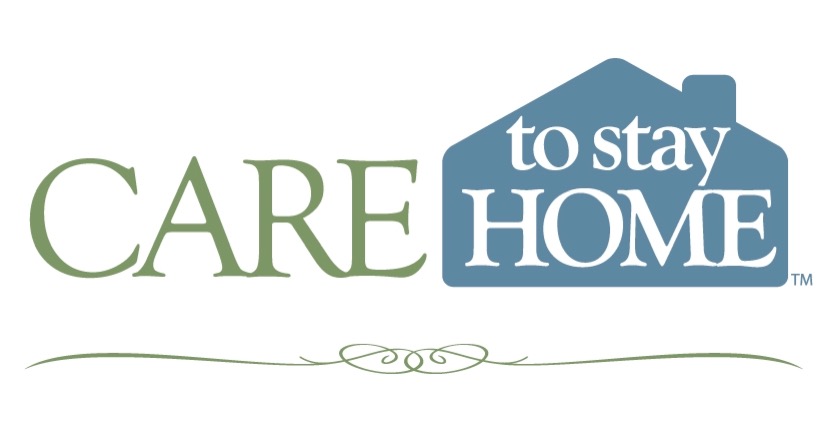30 Apr Spotting Malnutrition in Older Adults
Malnutrition occurs when a person doesn’t get all the nutrients they need for good health, like protein, vitamins, and minerals.
Malnutrition is harmful at any age, but it’s especially hard on older adults. Seniors who are malnourished are more vulnerable to falls, health issues, delayed wound healing, and hospitalizations.
Keep reading to learn more about malnutrition in older adults, including the signs, risk factors, and remedies. Find out how a personal care assistant can help with meal planning and preparation to help your loved one stay healthy and connected at home.
Why older adults are more at risk for malnutrition
Malnutrition in older adults can be caused by a variety of factors, from depression to dental problems. Here are some of the most common factors:
Food choices/access – Seniors who live alone or who don’t cook for others often turn to packaged foods, canned soups, and store-bought frozen meals. These foods are convenient and easy to prepare, but most are loaded with salt, unhealthy fats, and sugars. Eating them every day can contribute to malnutrition, as can a general lack of access to fresh, healthy foods.
Medications – Certain over-the-counter and prescription medications can alter a person’s sense of taste or appetite. As a result, the person may not consume enough food or get enough nutrients from the food they do find palatable.
Trouble chewing or swallowing – Dental problems, gum disease, and esophageal problems can make it difficult to chew and swallow, contributing to poor nutrition and related health problems.
Cognitive impairment – Memory or behavioral problems from dementia or Alzheimer’s disease can result in a person forgetting to eat, not buying groceries, having difficulty chewing and swallowing, and other issues.
Loneliness/depression – Mealtimes can be difficult for those who struggle with loneliness or depression. Preparing meals and eating can feel like a chore for those with depression. Those who live by themselves may feel sad sitting at the table alone. Addressing loneliness and depression is vital to help prevent malnutrition.
Mobility limitations – The inability to stand and meal prep, grocery shop, or handle eating utensils—whether due to arthritis, Parkinson’s, or another health condition—can impact a person’s food choices, contributing to a poor diet.
Signs of malnutrition in older adults
Poor nutrition or malnutrition isn’t simply not having enough to eat. Depending on a variety of factors, a person can appear underweight and frail or overweight and fatigued. Yet, in both cases, the person may be suffering from malnutrition.
Here are some signs and symptoms to watch for:
Physical signs
- Sudden or unintentional weight loss or weight gain
- Swelling (edema) in the hands, feet, or face
- Loss of appetite
- Poor wound healing
- Ill-fitting clothes
- Frequent coughing, gagging, or choking while eating
- Infrequent bowel movements and urination
Behavioral signs
- Complaints about the taste or smell of food
- Forgetting to eat
- Lack of energy or lethargy
- Food aversions
- Little to no movement or exercise
Environmental signs
- Rotten produce and expired food items in the pantry and refrigerator
- A pantry and refrigerator stocked mostly with highly processed and canned foods
- Very little to no fresh food in the house, such as home-cooked meals and fresh fruits and produce
Ways to improve your loved one’s nutrition
Mealtime strategies and social activity can help your loved one maintain a healthy, nutrient-dense diet. Here are some tips:
Encourage healthy food choices.
The best foods are those that have been minimally processed and are full of nutrients. Examples include fresh fruits and vegetables, whole grains, lean meats, low-fat dairy, and nuts. Help your loved one minimize their intake of processed foods, sugars, alcoholic beverages, and salt.
Seeds can be troublesome for seniors with diverticulitis, so check with your loved one’s healthcare provider about foods containing seeds, like certain breads, tomatoes, and cucumbers.
Add nutritional supplements.
Consider incorporating nutritional supplements and low-sugar, high-protein shakes into your loved one’s diet. Be sure to check with their healthcare provider first to ensure supplements don’t interfere with any medications.
Get help with meal preparation.
An in-home personal care assistant can prepare healthy, fresh meals for your loved one. Cooking in batches and freezing meals for the entire week is a great way to have ready-made meals in minutes—all your loved one needs to do is reheat and enjoy.
Uses herbs and spices to add flavor.
If your loved one is on a restricted or low-salt diet, adding herbs and spices can help restore flavor to bland foods. Just make sure to check with them first about what they enjoy, and go easy with “hot” spices.
Encourage exercise.
Moving aids digestion and can help improve a sluggish appetite. It also helps keep your loved one’s bones and muscles strong.
Plan social activities.
Make mealtimes a social event for your loved one by encouraging restaurant outings with friends and family. Senior centers also frequently host lunches and dinners—a great way to help your loved one socialize. A personal care assistant can drive your loved one to and from social events when you’re not available.
Get In-Home Help with Meal Planning and Preparation
If your loved one is having difficulty getting their daily nutritional needs met because of limited mobility or health challenges, the personal care assistants at Care To Stay Home can help with meal planning and preparation.
Care To Stay Home will perform a personal and professional assessment in the comfort of your own home to determine your nutritional needs. We will work with your family, your doctor, and other health care professionals to provide you with the best nutrition for your individual circumstances. Get in touch today at 509-775-6789 for a free assessment.


